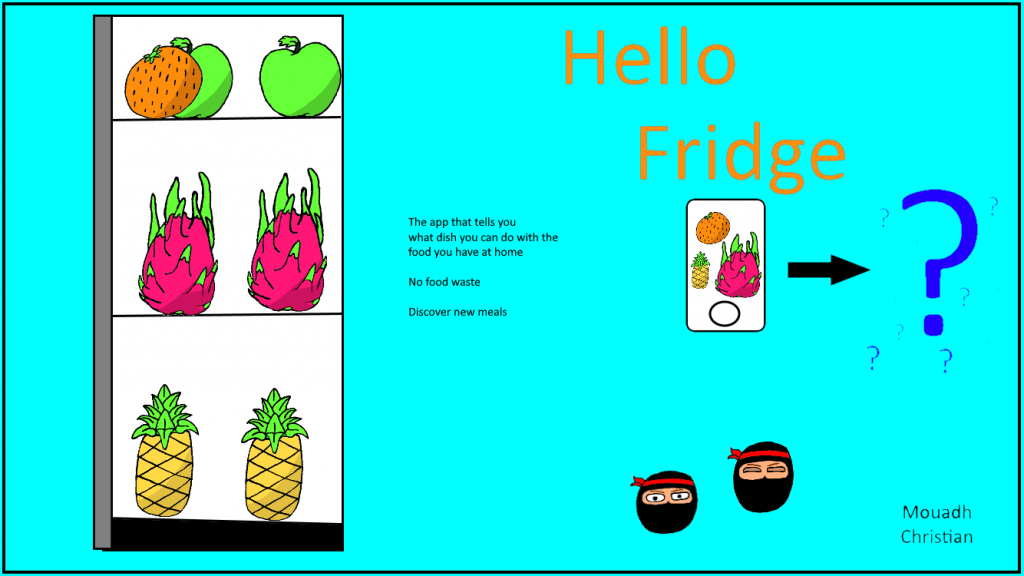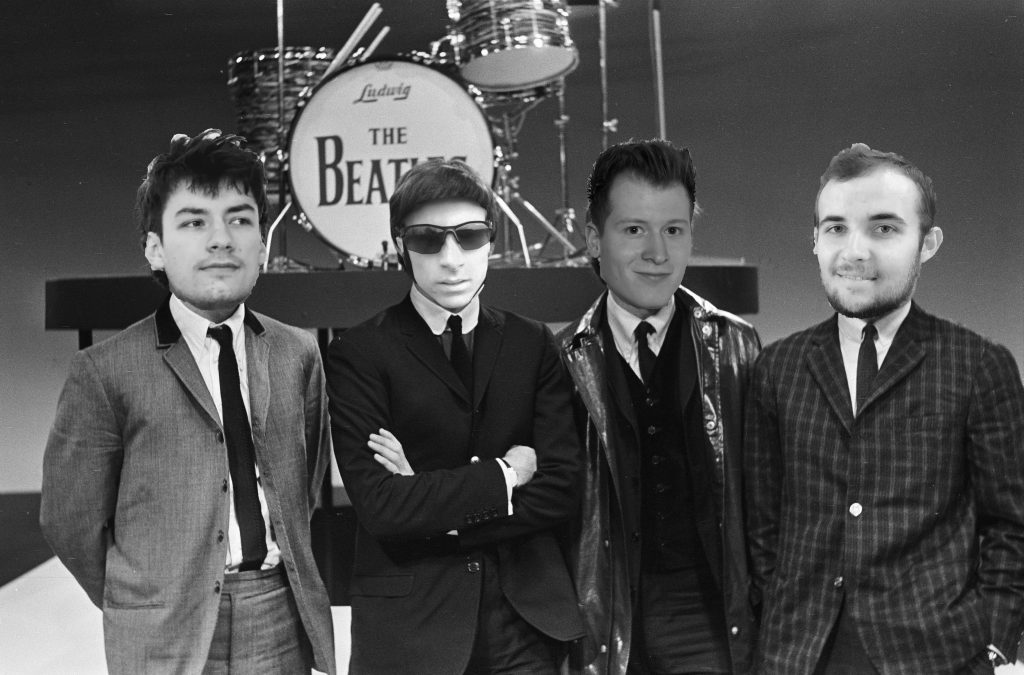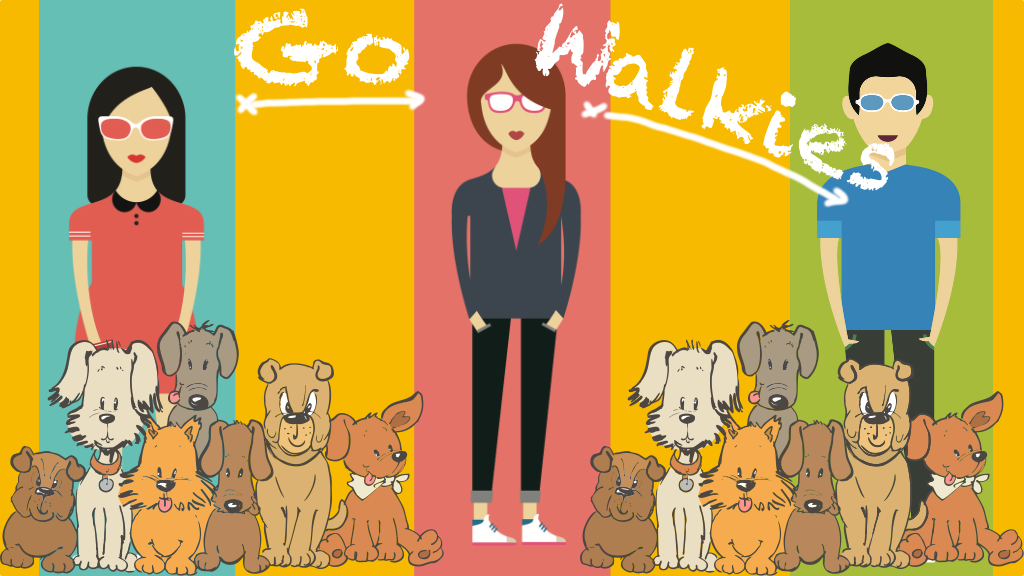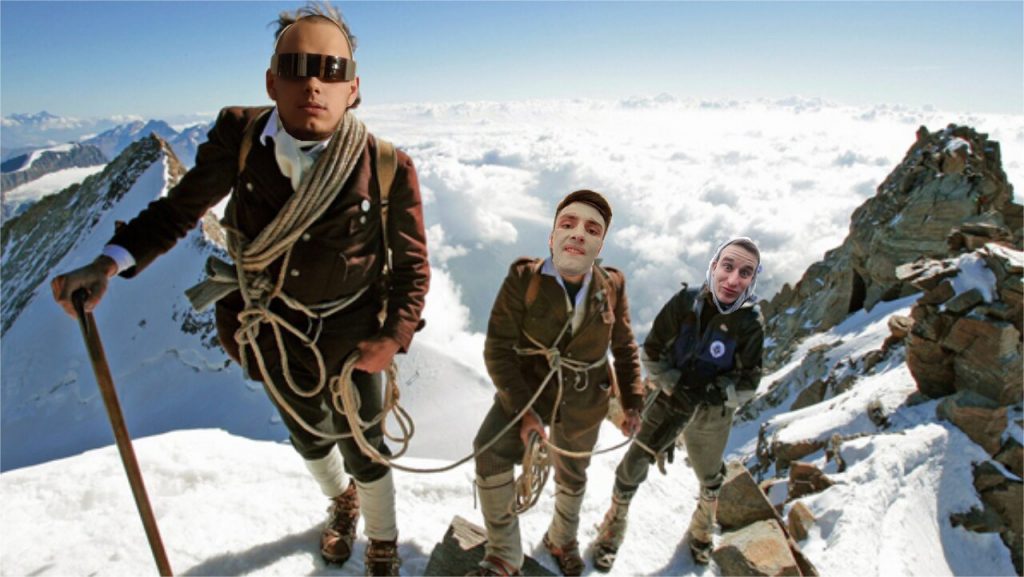
Who is your user group?
Our stakeholders are hobby cooks at all levels and with different amount of spare time for preparing their meals. Our unique selling point is the special way how we approach the search of the recipe because the user will enter the ingredients and not the meal`s name.
What is the exact problem?
Take-away or food delivery is convenient, but it’s often too much plastic. To protect the environment we want to make it easier to find out which meal you can do with leftovers. From our own experience, we know: Even if we have ingredients, sometimes we decide not to cook because we are just too hungry and want to save time.
Where is your user group interacting with your software?
Because our goal is to encourage humans to finish everything at home before their food becomes bad, the people will use it at home, on the way home or before shopping, which is in most cases on the way home too.
When is the user group interacting with your software?
People are motivated the most to use leftovers when they are a few moments before mealtime like breakfast, lunch or dinner.
Why do your users need this software?
Inspiration helps with creativity and creativity helps to make delicious and novel meals.
How do you want to solve the problem?
The existing recipe websites will provide a valuable source of data. Our interview partner are frequent delivery user and we will make it with react native or flutter.
Use-case
a-Cook opens the application after he/she looked up his groceries at home
b-Cook selects the ingredients with the quantity where he/she can select single ingredients or a selection. For some items, the cook can select the weight(like cabbage) for others he/she needs to choose the amount (like eggs).
c-App start searching for dishes, possible to make with the ingredients.
d-Given the ingredients, the application will return a list of dish suggestions
Nice-to-have
-The function add new recipe. Since in the world of social media the mindset and practice of sharing is very popular we expect that a lot of people person will create content (the recipes) the same way they consume it… and the food.
-Machine learning to identify food in pictures. The user just needs to take a photo of the inside of his fridge. We can use this solution or that one.
-Shopping recommendations according to your previous dishes.
Marketing
Start a campaign where people post photos of the inside of their fridge #youarewhatyoueat #hellofridge
Who did what?
We did the brainstorm together but Mouadh was more involved in the research while Christian more involved in the writing. We lost Julian on the way.
What did we learn?
We identified some interesting solutions already and also had additional ideas.
What went well?
We had a good conversation and both of us are excited to make this project alive
What do we want to improve?
In the future we want to improve our writting tool because currently it`s bold.




![[A#1, P4] JuurMates](https://blogs.fu-berlin.de/hci1-sose2021/files/2021/04/Unbenannt.png)



